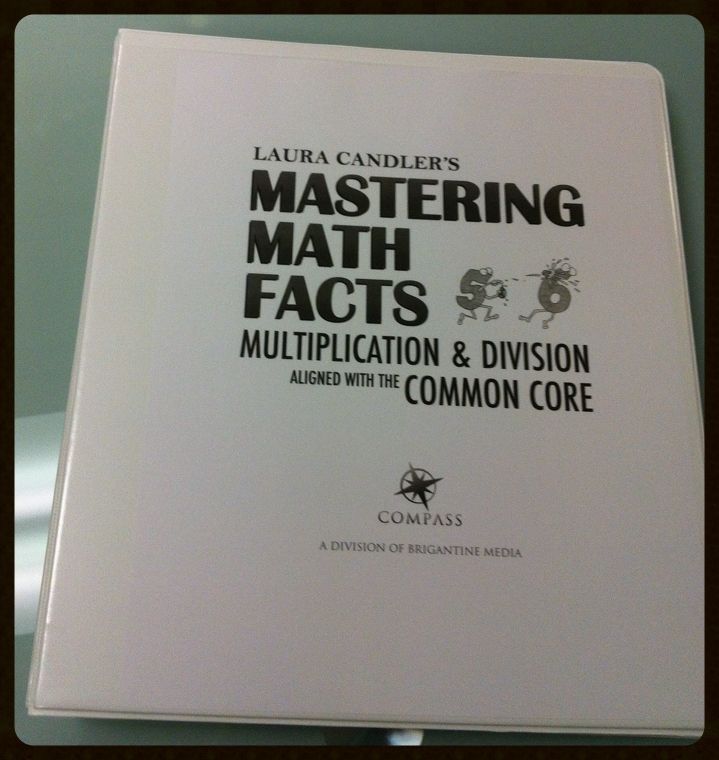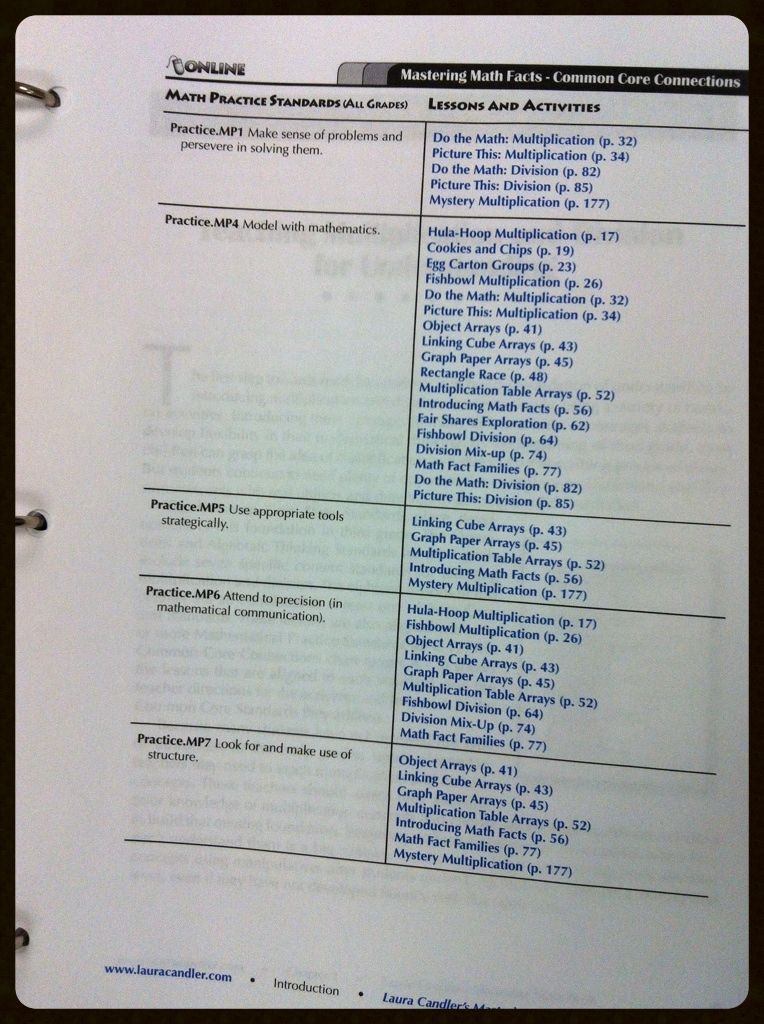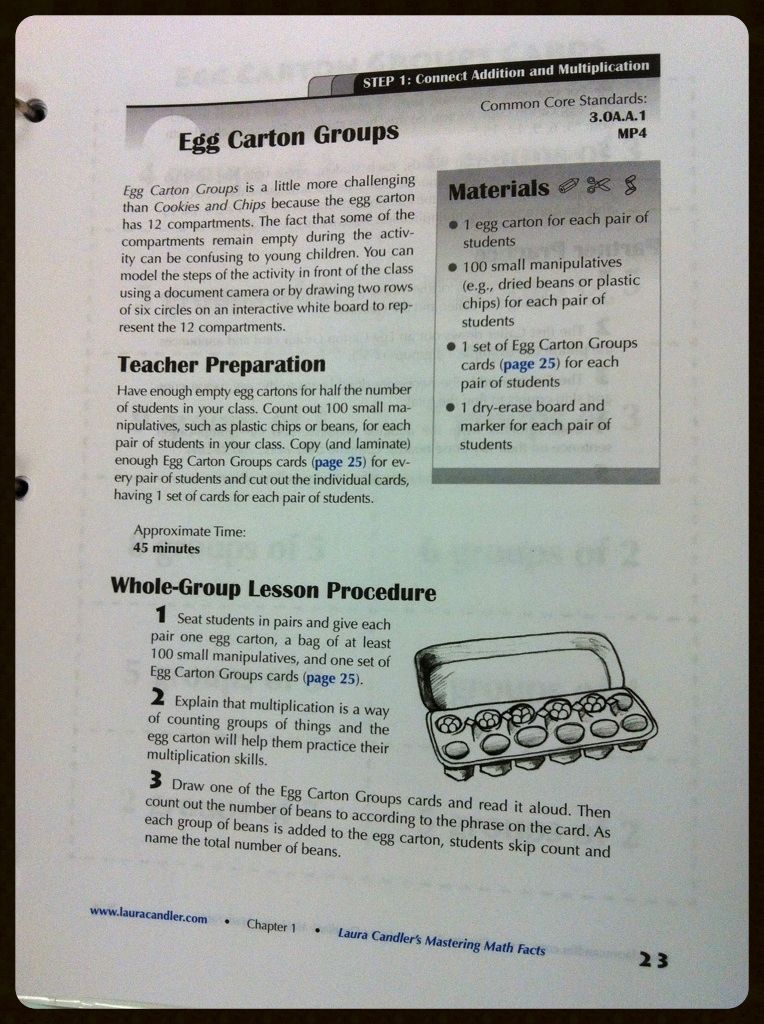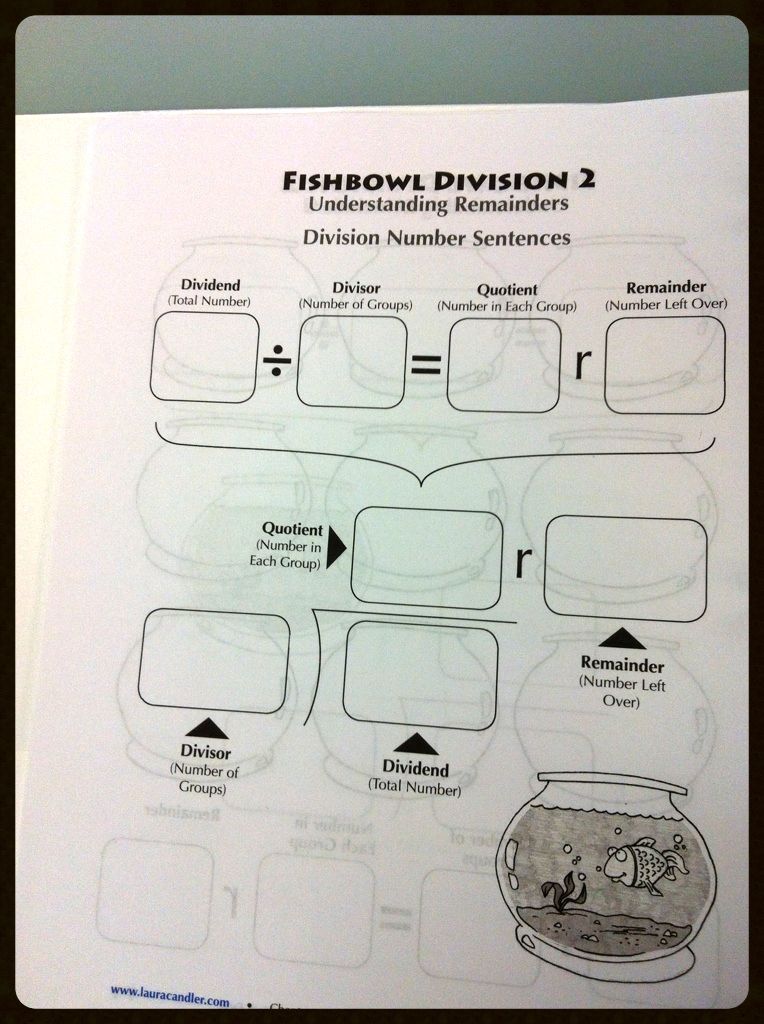It is her memoir of how her faith in Christ helped her overcome patterns of abuse, neglect, low self-esteem, drugs, and the wrong men. You can read a little more detailed review of the book at Balancing the Backpack, my personal blog. If you are interested, you can go to my Aunt Fran's Facebook page. She is doing giveaways today for signed copies of the book.
As an educator, it reminded me that we often do not know what our students experience at home. We only have them a portion of every day. It is so easy to get caught up in testing, grades, and record-keeping, but ultimately the biggest difference we make as educators is making students feel safe, secure, and loved. Students should be able to feel seen, heard, and valued. As a gifted student, I rarely came across content I did not learn with ease. The teachers who changed my life listened to me and validated my thoughts as important. I hated when adults dismissed my ideas because I was just a child. In truth, I was probably more high-achiever than truly gifted, but I have always possessed many of the traits of a verbally gifted individual: intensely serious, abstract thinker, witty, and highly empathetic. As a highly-empathetic and mature child, I saw things from many points of view and always had a sophisticated understanding of everyone's feelings. While I could understand many, I related to few. I often felt alone and invisible. I absorbed so much of the the feelings of others I struggled with how to figure out what my own were. My aunt's book truly helped me realize how grateful I am that my mother made sure I always felt loved and valued. I may have moved constantly, had an unorthodox childhood, grown up too soon, struggled making friends, spent too much time by myself, hated the back and forth of divorce, struggled with why I couldn't be enough for her on my own, and grown up on Wendy's, but I did feel valued and heard. While I would not recommend getting married at 19 to most, I truly am thankful that I found the friend and anchor (my hubby) I needed before I knew I needed him. We cannot change the circumstances with which our students are raised, but we can show them they are cared for, their ideas are important, their feelings matter, and that we see them for the special people they are. How can you make someone feel loved, seen, and heard today?























